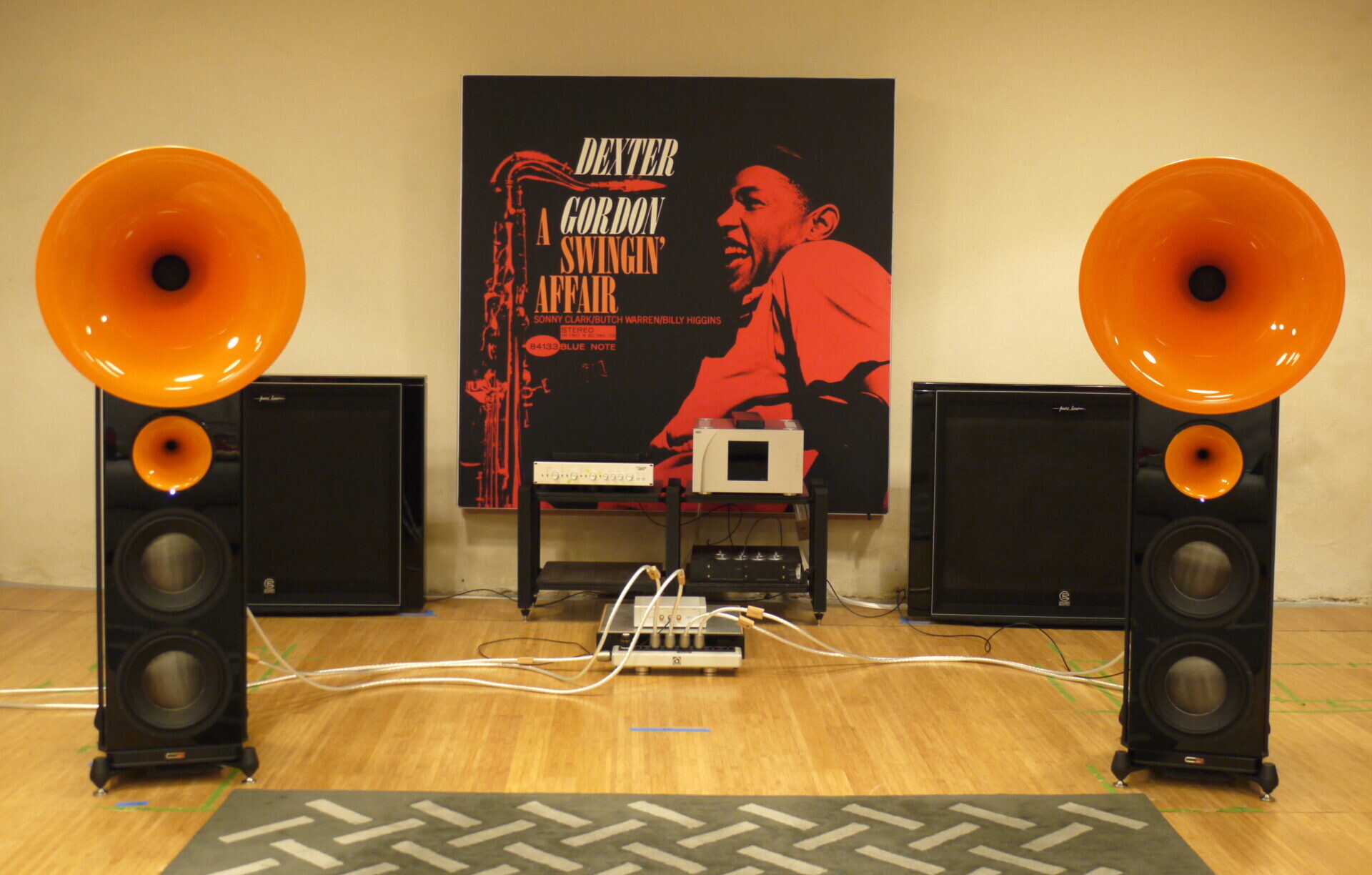
Step up again (in terms of density) to the pre-Gladiator Hans Zimmer OST for Thin Red Line (RCA 09026 63382) and the track ‘Journey To The Line’. The Duos revel in the massive scale of the music, swelling strings underpinned by deep bass pulses as more and more instruments join the arrangement, climbing towards a towering crescendo – yet all the time, set against the insistent ticking of the clock. Zimmer follows the tradition of great film music in gleefully rifling the classical canon and here it’s the shimmering strings and golden hues of Copland that emerge from that first, massive peak. In this case it’s all about scale – the landscape, the sky, the ant-like role of humanity set against the context of war. The Duos have that sense of limitless headroom, the ability to breathe deeper and see further. It’s about unconstrained energy, musical impact and power. This is a speaker that does big and does small with equal grace.
You’d be right to conclude that the Duo GTs deliver a musical experience that’s as impressive as it is beyond the ordinary. Of course, the Trio G3 does a similar job, even better – at a price. What makes the Duo GT such a startling addition to the Avantgarde range is that it delivers so many of the qualities that make the Trio so impressive, even when that speaker is compared to speaker systems that cost several times its price, at a fraction of the flagship’s cost. So how do they do it (and why doesn’t everybody simply follow suit)?

It’s a question of substance and immediacy – and like all things, its relative. The Duo GT costs €64,500 across Europe, which isn’t exactly pocket change. But I don’t know a single speaker at this price (let alone an amp/speaker pairing) that can match its sense of energy and presence, dynamics and headroom, its sheer musical exuberance. That’s no idle, throwaway comment. There are sound reasons why the Duo GT stands unmatched in certain performance parameters. They’re to do with the technologies employed and the topology they impose. Remember that I said this speaker breaks the rules? Well, this is where it starts. Look at the price list and you’ll see that the Duo GT cabinets will set you back €42,280 plus sales tax. To those you’ll need to add either a passive crossover (at €2190) or the active iTron crossover and amplifier package (€11,480), also plus tax. Given price differential and the startling capabilities of the iTron current amplifiers, that’s a no brainer – especially given that the active option renders your existing amplifier redundant (meaning it can be liquidated to subsidise the cost). So that’s two rules the Duo GT has broken already: the market is resistant to active speakers and dealers are resistant to pointing out to their customers that this new amplification outperforms the (far more expensive) amplifier they’ve just sold them.
Let’s take those broken rules in turn…
While active speaker systems have always struggled for acceptance in the high-end arena, Avantgarde have taken the decision to go active because, in their estimation, the opportunities that the approach creates will (demonstrably) outweigh the initial barrier to sale. Well, when it comes to the ‘demonstrable’ part, they ain’t wrong! The company offers the ability for dealers and reviewers to switch directly from passive drive (with any chosen amplifier) to active operation. The active Duo GT crushes the performance of the passive version (irrespective of partnering amplifier), even more convincingly than the active Trio G3 demolishes its passive sibling, not least because the cost differential is so much smaller. Why is the active version so superior? That’s down to the iTron amplification, a technology that both demands and fully exploits the active approach. Now just ask yourself this: this iTron amplifier will ONLY work with this loudspeaker, but where else are you going to get a genuinely cutting edge amplifier for less than 15K? Or a speaker system with this bandwidth and dynamic range for this sort of money?
Getting real…
Outrageous technological claims are far from a novelty in the world of audio. So much so that hardened audiophiles often dismiss them out of hand. “The proof of the pudding is in the listening”, they’ll say. Yet given a compelling demonstration, the natural suspicion seems to be that the demonstration itself is somehow ‘rigged’ in order to favour the ‘miracle’ product. Which is all a bit unfortunate, because not only are Avantgarde’s claims far from outrageous, but they really do produce stunningly superior results – a performance that is in several important ways, closer to live.

